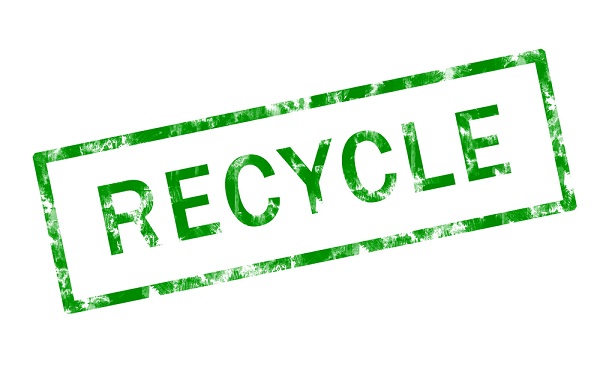It never fails that at least once a week I see articles and reports regarding problems with our recycling system. Across the world we constantly see recyclers going out of business, china refusing to import recycled materials, governments and companies having to constantly funnel more money into recycling programs and an incredible media push to try and increase recycle rates. And yet, with all these problems I have yet to see an article that proposes a paradigm shift – instead it seems the thought is; “we will make up our losses with volume”.
Interestingly, you will never see recycling the way we attempt it today occurring in nature. I have yet to see a natural process that takes a wilted flower, chops it up and recreates a new flower; or feathers that have fallen off a bird reattached to another bird. Even if this is were theoretically possible, the resources required to do such a thing would make it too inefficient. This is similar to the problem we see in our current method of recycling – the resources required to complete the process are not equal to the value of the recycled material. This results in the unsustainable system we have today.
Perhaps it would make more sense to follow the example of what has worked for millions of years. In nature, waste materials are broken down into basic building blocks (soil, air, water) in a process that instead of requiring resources, provides value into the overall system (bio-degradation). These building blocks in turn are used to rebuild almost anything. This is a sustainable and resourceful process – true recycling. This is also a process that we can replicate today. Isn’t it about time we replicate the genius of nature and quit propping up unsustainable systems?
There is no arguing the serious growing environmental problem with the waste that is being produced and that recycling the way it is structured today will NOT solve that problem. If we are to get serious about sustainability and solving the global plastic pollution issue we need to stop sticking our heads in the sand and incorporate various solutions, with recycling being one of them. BUT, and that is a very big “but”, we have to stop pushing bad and misguided ideologies. All plastics are technically recyclable (meaning reusable as a polymer) and if society is going to financially prop up recycling businesses – we should be requiring them to take all plastics. Additionally, for the long term objectives, all plastics should be biodegradable to ensure the polymer itself does not linger after it’s useful life.
To achieve success, we must all work together, recyclers should be accountable to embrace new technologies and join the group of us trying to solve the global pollution issue rather than simply cherry picking ideal applications, holding a facade of environmental motivation and ultimately simply looking to return a profit.




